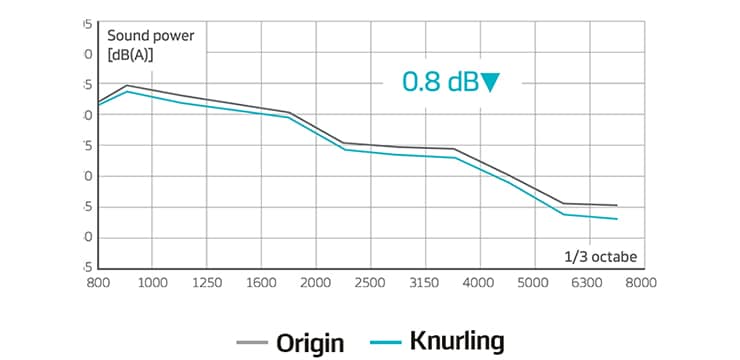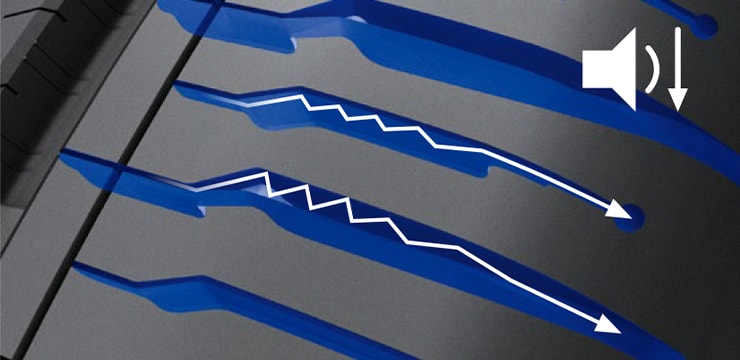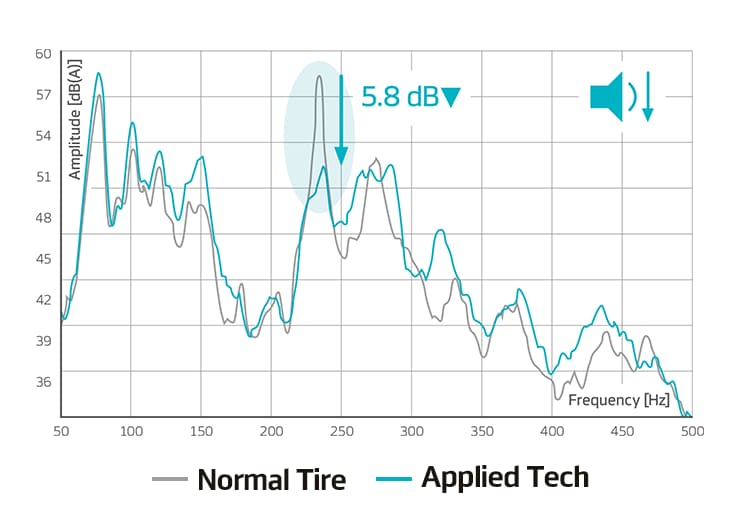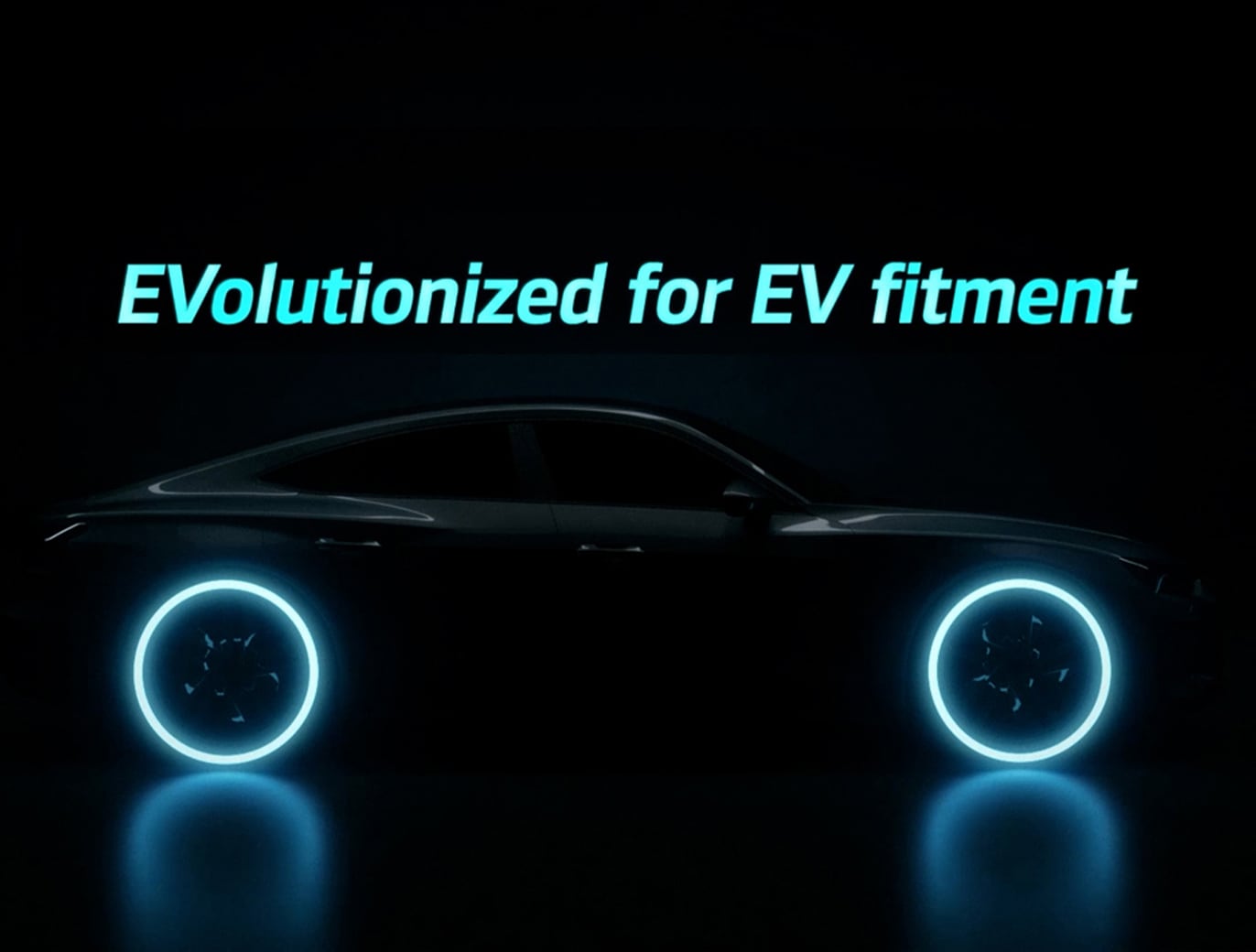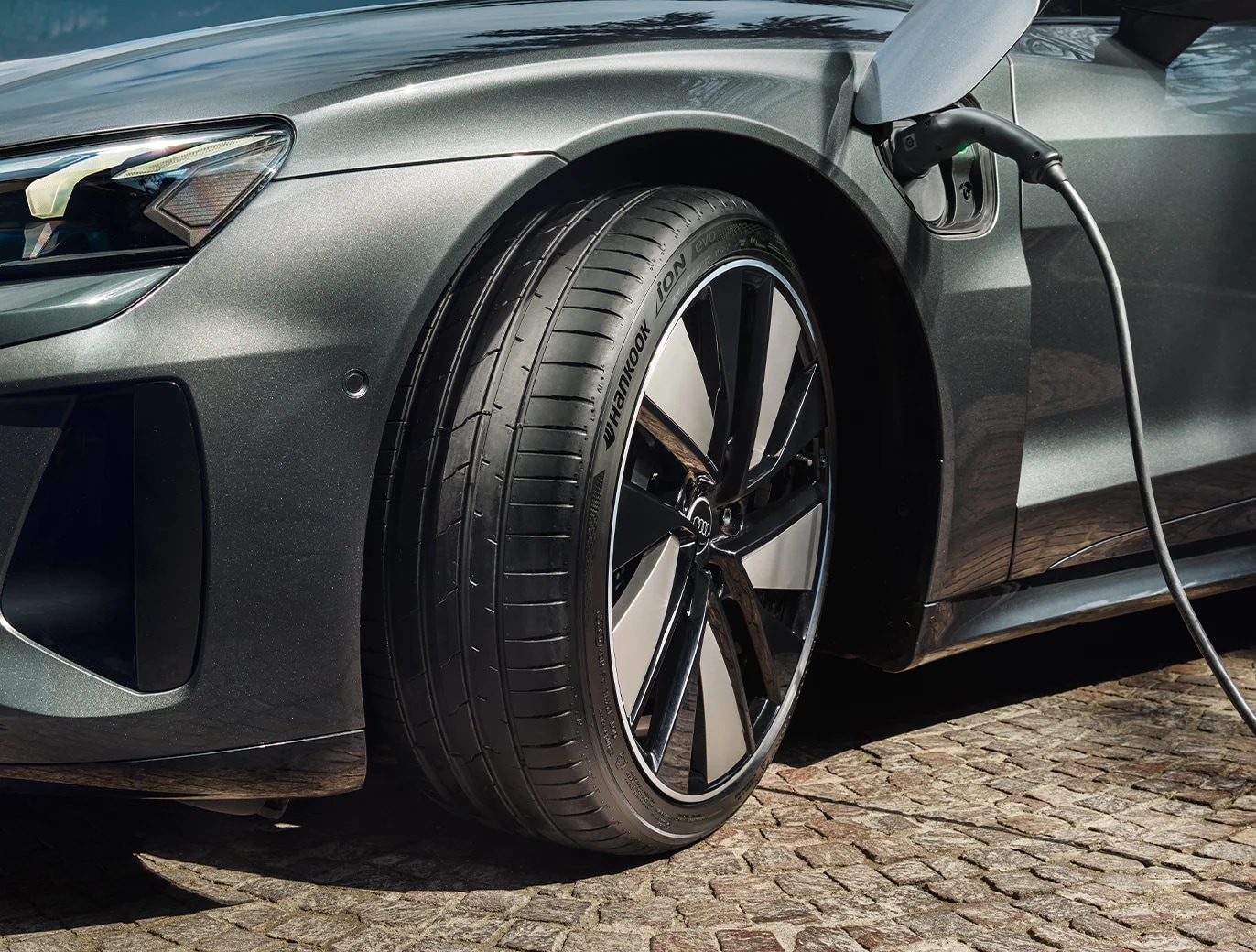Emphasizing The Ideal State of Tires in the Age of EV
”Quietness” and “Eco-friendliness” are virtually synonymous with electric vehicles. But what does it really mean? Simply put, we are moving away from loud engine noises and environmental issues caused by exhaust gas. However, simply replacing the powertrain with an electric motor does not automatically yield such values of the electric vehicles. Achieving the true potential of the value of EVs requires a more in-depth and comprehensive approach to the research activities in the automotive industry.













